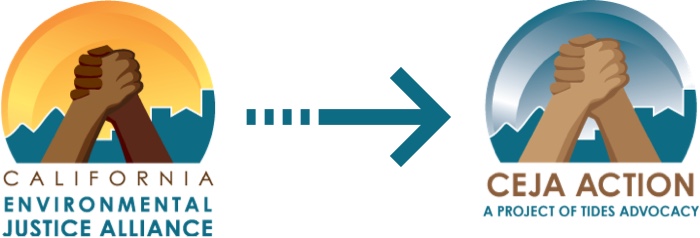Community Vision is the Heart of Transformative Climate Communities
We all deserve to live, work, and play in a healthy environment where we can enjoy a higher quality of life with clean air, safe drinking water, affordable housing, accessible transit, and meaningful livelihoods. Unfortunately, many low-income communities and communities of color live and work near oil refineries, power plants, freeways, and major transportation corridors, breathing dirty air everyday that makes residents sick. These health problems are exacerbated by the fact that public investments and resources in low-income communities and communities of color are scarce. Meanwhile, the impacts of climate change are already being felt in these vulnerable communities, who have the fewest resources to adapt.
It is time to work with our most vulnerable communities to increase resiliency and environmental health, while reducing greenhouse gas emissions. It is time for California to implement new, comprehensive strategies to both address climate change and promote equitable sustainable development.
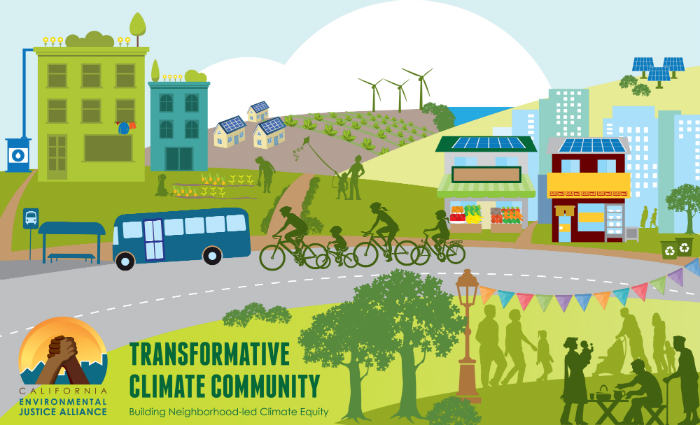
We now have a program that aims to accomplish this ambitious goal: Transformative Climate Communities. The program was created by the passage of AB 2722 last year, and will fund large-scale, community-driven climate projects that have public health, environmental, and economic benefits. The program, funded with $140 million of Greenhouse Gas Reduction Funds, will make its first investments in the range of $35–70 million in the City of Fresno, City of Los Angeles, and a third region by the end of the year.
Our hope is that this groundbreaking program will ensure communities most impacted by multiple sources of pollution can directly benefit from statewide investments to address climate change, improve environmental health, and overcome barriers to equitable economic development. As the first of its kind, the TCC Program can be a model to catalyze neighborhood-level shifts away from pollution-based economies and create local economic opportunities that support the wellbeing of families, empower communities, clean the environment, and prevent further climate change.
In order to fulfill this vision and truly transform our state’s most overburdened and under-resourced communities, the TCC program must have a strong foundation. The Strategic Growth Council, the agency in charge of implementation, has just released their draft guidelines for the program and we are working to ensure the final guidelines are aligned with our community vision and principles.
Community-based organizations across the state have been leading the way by crafting comprehensive, community-led sustainability plans that address long-standing environmental health and justice challenges that can catalyze equitable economic development at the neighborhood level. These plans draw from deep resident engagement and advance solutions led by people most impacted, in partnership with other important stakeholders. As we work to shape the overall TCC program statewide, we are advancing principles that lift up the inspiring on-the-ground work of our members. We outlined these principles and some of the community plans in our recently released report on our community vision and principles.
One of the key principles for long-term success of the TCC program is direct and extensive community engagement. Community leadership and resident partnerships should be at the center of development and implementation of TCC-funded plans. The most effective models for community engagement allow community groups and residents to have a voice and decision-making power. All TCC projects should have clear roles and responsibilities for local residents to oversee and provide leadership on final decisions, not just a set of activities that only seek one-time input. In this way, the communities who have been on the frontlines of pollution and disinvestment for years can be the ones taking the lead on the solutions to improve their neighborhoods.
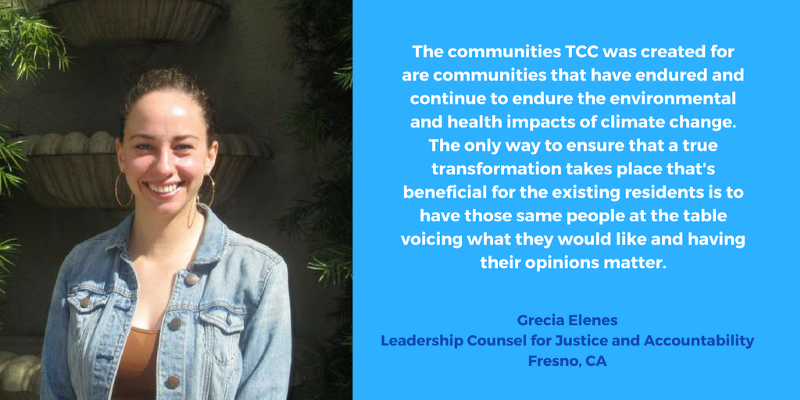
Another key principle must be promoting investment without displacement. Increasingly, land use planning policies have prioritized expensive market-rate housing and retail spaces, often pushing out long-time residents and the small, locally-owned stores and the sources of income they provide for residents. This contributes to ongoing gentrification in many cities by raising the cost of living and pricing out low-income families and renters. Without effective anti-displacement policies in place, large-scale investments could push out local residents and small businesses as a result of increased property values. As groups across the state get ready to apply for TCC planning grants, we are working to ensure the program includes strategies to prevent displacement and we hope it will encourage local governments to pass stronger anti-displacement ordinances and policies.
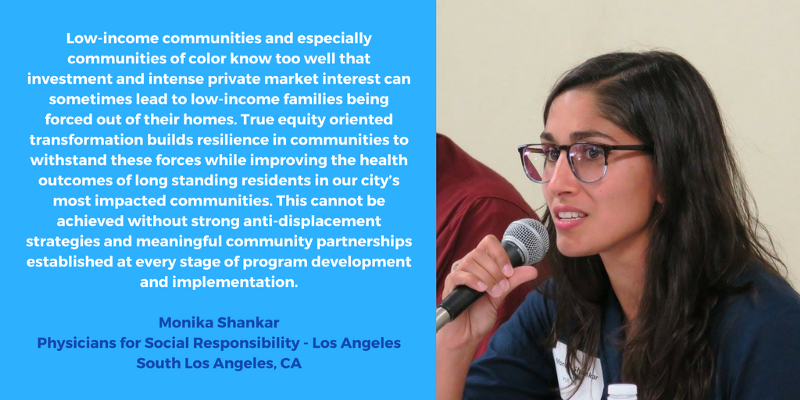
A final community priority for the program is to ensure funding for planning grants. Many of the exact communities we hope to see funded by TCC have more extensive plan and project visioning and development to do before being ready for a full grant, and we know there is a need for TCC investments in more than the three pilots. We are working to ensure there are planning grants that can create a “pipeline” of communities ready to step forward with a bold TCC plan in the future.
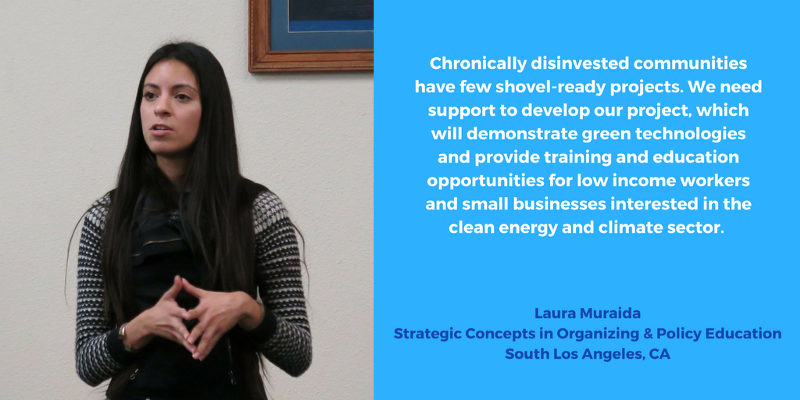
With a strong community-led vision at the heart of the TCC program, we can begin to see innovative transformation in neighborhoods across the state. Once in place, these projects will create ripple effects in other cities, regions, states, and beyond. We look forward to seeing how the TCC program can promote creative and innovative community-led development that promotes neighborhood sustainability and advances climate equity.

